In the realm of automotive aesthetics, achieving a flawless paint finish is an art form that goes beyond the surface. Paint correction techniques have emerged as a crucial aspect of automotive detailing, especially after repairs. Whether addressing imperfections from scratches, swirl marks, or paintwork blemishes, these techniques elevate the visual appeal of a vehicle, restoring its shine and ensuring a showroom-worthy finish. This exploration delves into the world of paint correction, unveiling the methods and technologies employed to transform a car’s exterior into a flawless masterpiece.
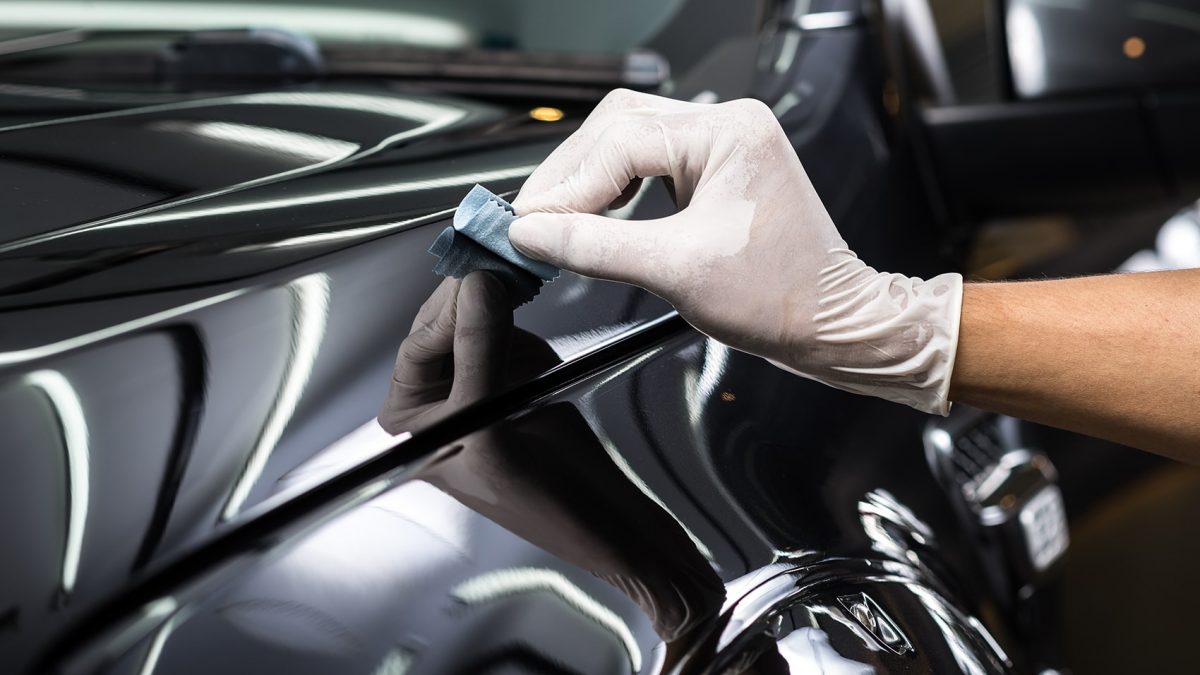
Understanding Paint Imperfections: Paint imperfections can arise from various sources, including environmental contaminants, improper washing techniques, or the aftermath of body repairs. Scratches, swirl marks, oxidation, and holograms are common issues that compromise the clarity and vibrancy of a vehicle’s paint. Paint correction techniques aim to address and rectify these imperfections.
Paint Thickness Measurement: Before embarking on paint correction, professionals utilize advanced tools to measure the thickness of the paint layers. This step is critical to avoid over-correction, ensuring that the paint is not excessively removed during the correction process. Precise measurements guide the selection of appropriate correction methods.
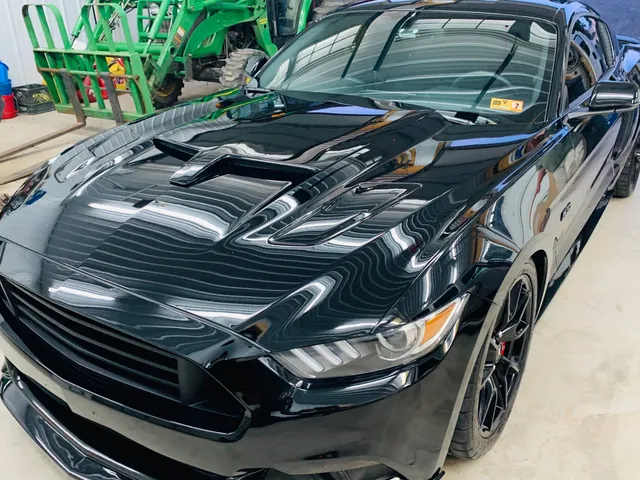
Compounding for Deep Imperfections: Compounding is a key step in paint correction, especially for deep scratches and imperfections. Professionals use abrasive compounds with varying levels of aggressiveness to level the paint surface. This process eliminates deep scratches and imperfections, revealing a smoother foundation for subsequent refinement.
Polishing for Clarity: Polishing follows compounding and is focused on refining the paint surface. Finer abrasive compounds or polishes are employed to remove any remaining imperfections, restore clarity, and enhance the depth of the paint. This step is crucial for achieving a high-gloss finish and bringing out the true color of the vehicle.
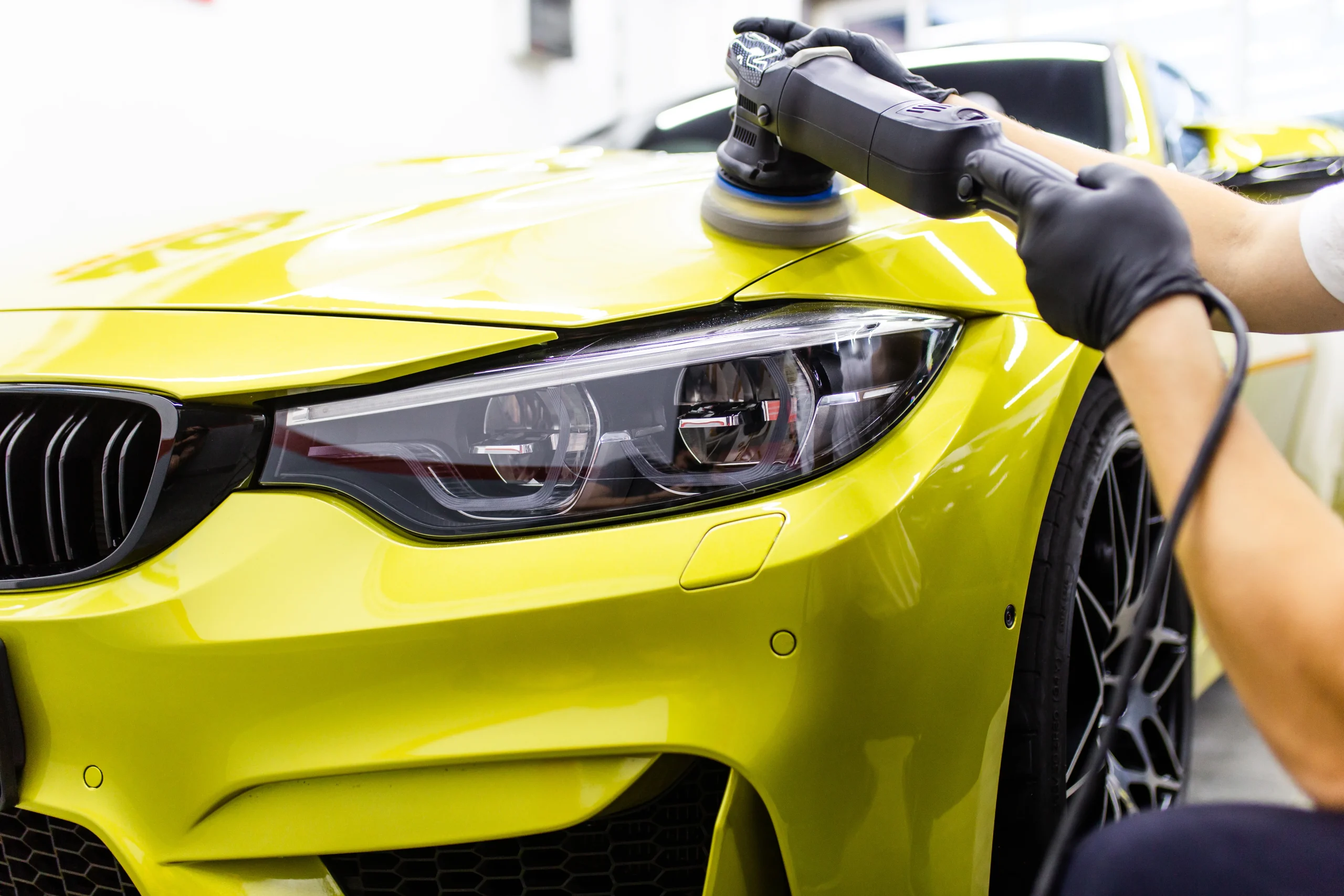
Dual-Action Polishers: Dual-action polishers, equipped with oscillating and rotating movements, have become instrumental in modern paint correction. These polishers offer greater control and minimize the risk of paint damage compared to traditional rotary polishers. Their versatility allows for effective correction while reducing the potential for swirl marks.
Microfiber and Foam Pads: The choice of polishing pads is a nuanced decision in paint correction. Microfiber pads are effective for heavy correction, while foam pads are suitable for lighter correction and finishing. The combination of specific pads with compatible polishing compounds is tailored to the unique needs of each paint correction scenario.
Jeweling for the Final Touch: Jeweling, the final step in the paint correction process, involves using ultra-fine polishes to refine the paint to perfection. This step enhances gloss, depth, and clarity, leaving the paint surface with a jewel-like finish. Jeweling is the meticulous touch that transforms a well-corrected surface into a visually stunning masterpiece.
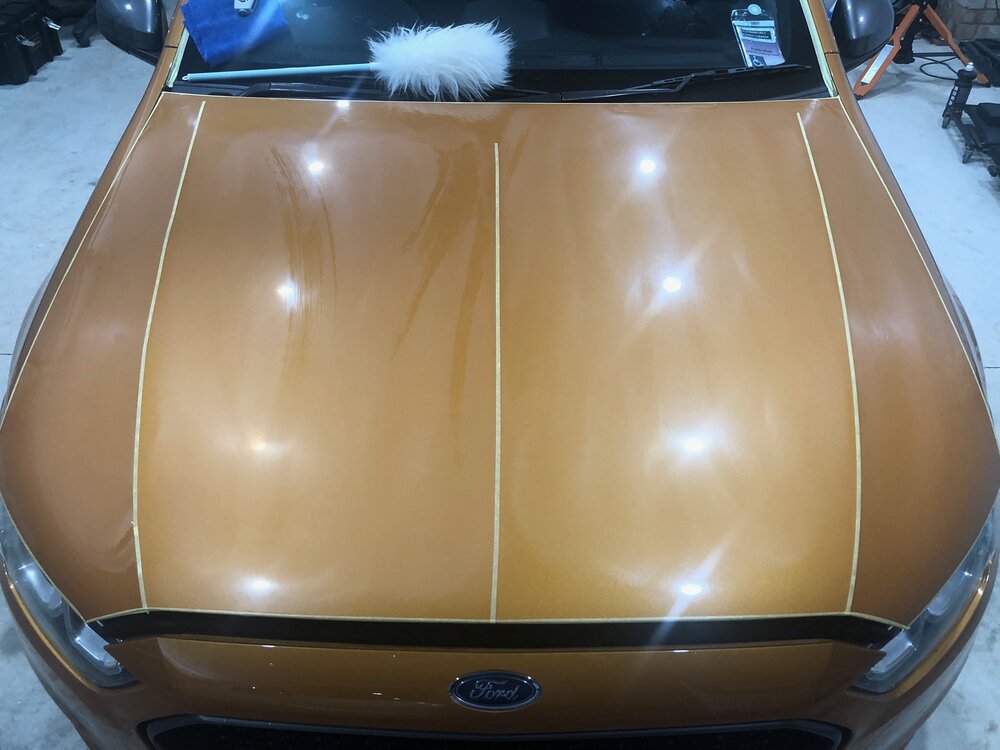
Nano Coatings for Protection: To safeguard the newly corrected paint, nano ceramic coatings are often applied. These coatings create a protective layer that enhances durability, repels contaminants, and preserves the corrected finish over an extended period. Nano coatings contribute to the longevity of the flawless paintwork.
Paint Correction vs. Traditional Waxing: Paint correction differs significantly from traditional waxing. While waxing provides a temporary cosmetic enhancement, paint correction addresses underlying imperfections, offering a lasting transformation. The process requires skill, precision, and the understanding of paint dynamics to achieve a flawless and enduring result.
Professional Expertise and Technology: Paint correction is a specialized skill that demands professional expertise. Automotive detailing specialists employ cutting-edge technologies, such as color-corrected lighting and paint depth gauges, to ensure precision and accuracy throughout the correction process. Professional knowledge and advanced tools contribute to the success of paint correction.
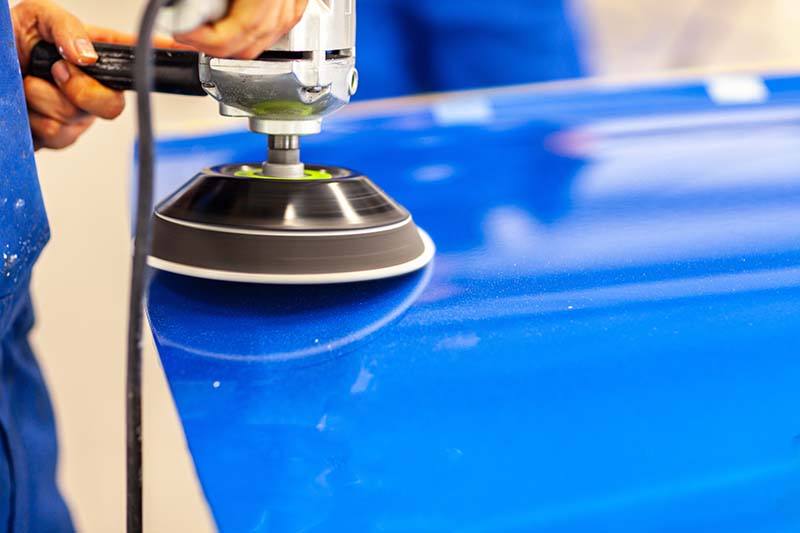
Prevention and Maintenance: After undergoing paint correction, preventive measures and proper maintenance become paramount. Owners are advised to follow careful washing practices, use quality detailing products, and schedule regular maintenance to preserve the corrected finish. Preventive care safeguards against new imperfections and ensures the longevity of the flawless paintwork.
Customization and Personalization: Beyond rectifying imperfections, paint correction opens avenues for customization and personalization. Vehicle owners can explore various detailing options, from matte finishes to ceramic coatings with specific visual effects, tailoring the appearance of their vehicles to match individual preferences.
Paint correction techniques are the artisans’ brushstrokes in the world of automotive aesthetics, transforming imperfections into a canvas of flawless brilliance. From compounding to jeweling, each step contributes to the meticulous process of revealing the true potential of a vehicle’s paintwork. As automotive detailing evolves, paint correction stands as a testament to the marriage of skill, technology, and passion, ensuring that every vehicle emerges not just repaired but reborn with a showroom-worthy finish that captivates the eye and elevates the driving experience.